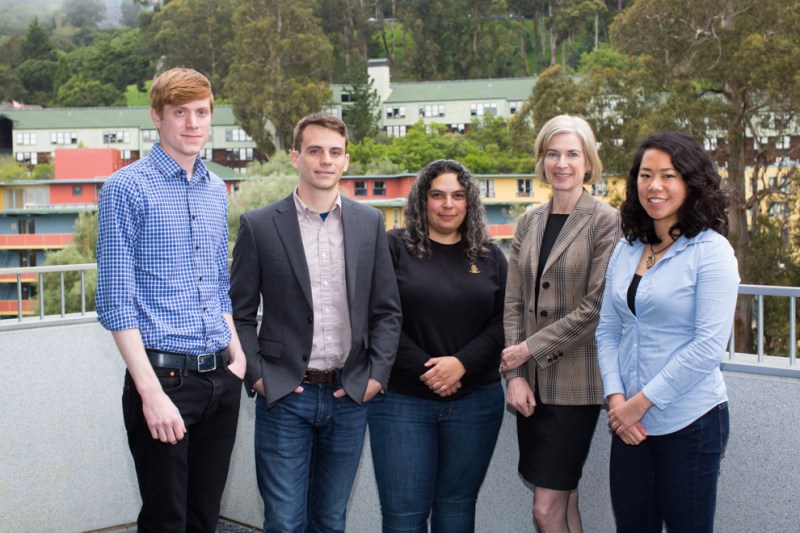Imagine making disease detection as easy as taking pictures on your phone. Budding biotech startup Mammoth Biosciences, launched in May 2018 by Trevor Martin Ph.D. ’16 and Ashley Tehranchi Ph.D. ’16, along with CRISPR pioneer Jennifer Doudna and her Ph.D. researchers at UC Berkeley, Lucas Harrington and Janice Chen, aims to develop accurate, affordable and consumer-friendly platforms for disease detection using CRISPR technology.
Aside from being founded in part by Stanford graduates, the company, which has already raised $23 million in venture capital, has other roots in the University.
“It all started off in a lab meeting [at Stanford],” Martin said. “[We were], in particular, thinking about how you can use new molecular techniques for low-cost diagnostics, and it seemed like something that could potentially be taken out of the lab and used to actually build a really cool new diagnostics company.”
After the lab meeting, Martin and Tehranchi joined Cardinal Ventures, a student-run startup accelerator at Stanford. Although they found Cardinal Ventures to be more of an informational “how-to” than an incubator for their company, Martin and Tehranchi said connections formed through the experience were vital to Mammoth Biosciences’ success.
“At the end, [Cardinal Ventures] has this demo day, where you present your idea and receive feedback,” Martin said. “That’s where we got introduced to the [venture] system and started building the company from there.”
The team solidified the idea of leveraging CRISPR technology to create accessible diagnostic tools through a program with local venture firm NFX, which was also an early investor in Lyft, Patreon and Doordash. According to Mammoth Biosciences’ website, CRISPR is “a mechanism found in bacteria that can cut DNA at a targeted location, enhancing our ability to edit the very genetic code which determines the shape of life.” By engineering this mechanism to target specific sequences, Mammoth Biosciences leverages this technology to detect a wide variety of diseases and viruses.
In April, a paper was published in Science, detailing how the technology was used to detect HPV.
“Not only did we detect HPV,” Martin said, “[but] we also went a step further and genotyped it, so we know the strain and whether it was oncologically relevant.”
Mammoth Biosciences hopes to use CRISPR technology for more innovations such as HPV detection in the future.
“The idea is to eventually have really affordable and accessible tests that we can deliver to everyone in an over-the-counter fashion, which are as simple as a pregnancy test,” Tehranchi said. “We want to do that for a lot of other types of tests, like infection detection and other areas outside of healthcare.”
While such tests may be not be available for years, Mammoth Biosciences is confident that is innovations hold immense promise. In the meantime, Martin and Tehranchi said they are looking to expand their team, especially if Stanford students are interested.
“We’re hiring for all different types of positions right now, especially for scientific and research roles, but even on the software side,” Tehranchi said.
This article has been corrected to reflect that Mammoth Biosciences has five founders, instead of two. The Daily regrets this error.
Contact Patrick Monreal at pmonreal ‘at’ stanford.edu.
